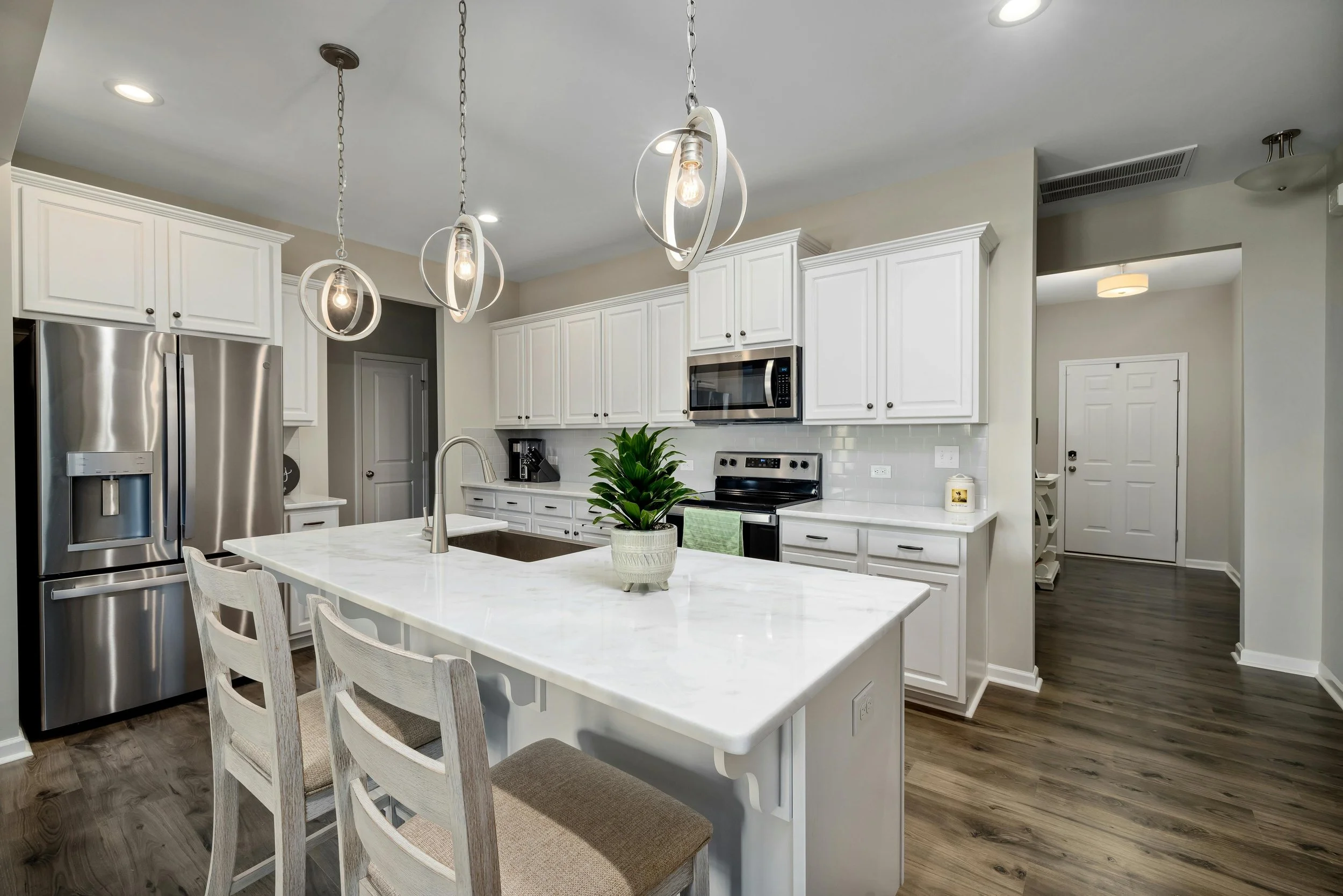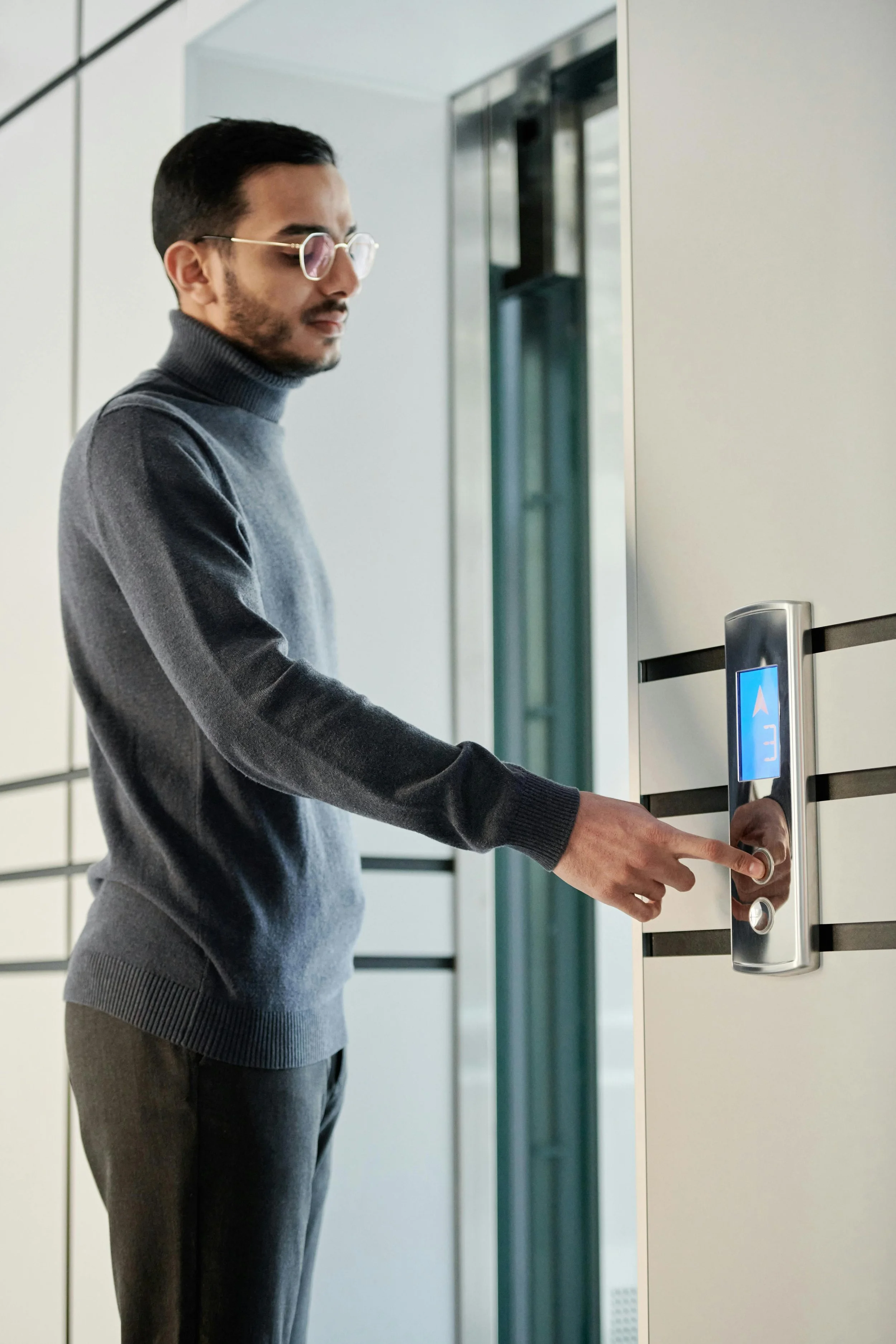An intentional way to transition your home from December chaos to January calm
Christmas is all sorts of fun and games. The lights, the decorations, the gifts and parties, not to mention the food and the family. It’s a season that fills the house and the calendar in equal measure. And then, just as suddenly, it’s over.
What’s left behind is the after. The cleanup. The chaos. The puzzle of where everything is supposed to live now that December has packed up and moved on.
The good news is this doesn’t have to be overwhelming. With a little intention before the holiday, some gentle habits on the day itself, and a realistic plan for the week after, you can return your home to a clean slate before January begins, without burning yourself out in the process.
Before the Holiday: Set Yourself Up for an Easier After
The post-holiday cleanup starts well before the first gift is unwrapped.
Start by cleaning your house, but don’t fall into the trap of cleaning every nook and cranny. That’s not where people will be looking, not even your mother-in-law. The reality, as every experienced host eventually learns, is that the mess begins almost as soon as guests arrive. Focus on the main living areas. Clear surfaces, vacuum and mop the floors, and call it good. The point of the holidays is to be together, not to emotionally invest in a spotless house that won’t stay spotless for long.
Next, take a hard look at your fridge. There will be leftovers. Whether you’re hosting a simple meal, catering, or coordinating an ambitious potluck, it’s nearly guaranteed. Make room for them ahead of time by clearing out everything that isn’t essential. When the holiday is over, you’ll be able to store food safely and quickly instead of playing refrigerator Tetris.
Finally, gather a few supplies to help corral the chaos on Christmas Day itself. A large box or bin for wrapping paper keeps it from migrating across the house. Bags, baskets, or labeled containers for each person’s gifts help keep things organized and make it easier to put items away later. These small systems prevent the kind of visual clutter that makes cleanup feel heavier than it needs to be.
The Day Of: Clean Lightly, Not Constantly
Christmas Day is for enjoying yourself, but a few small habits can make the aftermath much easier.
Before guests arrive, empty the sink and dishwasher, then fill the sink with warm, soapy water. As dishes are emptied throughout the day, they can be placed directly into the water to soak. By the time the evening winds down, most of the work will already be done for you.
If people are grazing throughout the day, pick up plates and glasses as guests move from room to room or begin heading home. This isn’t about scrubbing or tidying nonstop, just gently relocating clutter to one central place.
When guests are getting ready to leave, offer them containers to take leftovers home. It may feel a little funny the first time you do it, but it’s one of the most effective post-holiday cleanup strategies there is. Your guests leave with food they’ll actually eat, serving dishes get cleared, and you’re left with only what your fridge can realistically hold. Everyone wins.
The Week After: A Calm, Category-Based Reset
The day after Christmas usually falls into one of two camps. Either you have the day off and deserve to rest after the chaos, or you’re back at work and deserve to rest when you get home. Either way, the goal of the first day after the holiday isn’t deep cleaning. It’s sorting.
Day one is about breaking things down into categories and giving yourself a clear plan for returning your home to a clean slate before January starts.
On day two, take everything down and create groups of like items. For us, that means gifts, indoor decorations, outdoor decorations, tree decorations, wrapping materials, holiday linens, holiday dishes, and laundry. It’s always a little surprising how many different categories Christmas creates. Some people prefer grouping by room or by area instead. There’s no single right way, just the way that makes the most sense for your home.
Day three is where momentum builds. Pick one major category and pack it away completely. Not halfway. Not “mostly.” Finish it. Whether you’re carefully wrapping holiday dishes, storing ornaments, or taking down outdoor decorations, commit to completing that one category before moving on. If you still have energy when you’re done, you can always tackle a second. But even one finished category is a win, and it moves the house visibly closer to normal.
From day four on, repeat day three. One category at a time, at your own pace, until everything has been put away for another year. Once the decorations and holiday-specific items are stored, shift your focus to a thorough cleaning. Work from top to bottom. Put gifts into their new homes, wash all the accumulated laundry, wipe down surfaces, vacuum and mop floors, and give your house the reset it needs after weeks of extra activity.
Open the windows if the weather allows, yes, this is Texas after all, and put on music that makes the process feel lighter. Cleaning doesn’t have to be silent or miserable to be effective.
A Clean Slate, Not a Sprint
The goal of all of this isn’t perfection. It’s relief. It’s walking into January with a home that feels calm, functional, and ready for whatever comes next. By spreading the work out, focusing on categories, and letting yourself rest when you need to, you can close out the holidays without resentment or exhaustion.
And if the holidays come and go and you realize your oven has wilted after all that cooking, or your freezer isn’t holding temperature well enough to keep leftovers safely stored, reach out. Appliance Rescue Service is here to help get your home running smoothly again, so you can focus on the fresh start ahead.
Here’s to a brighter, calmer January.
Call: (214) 599-0055























